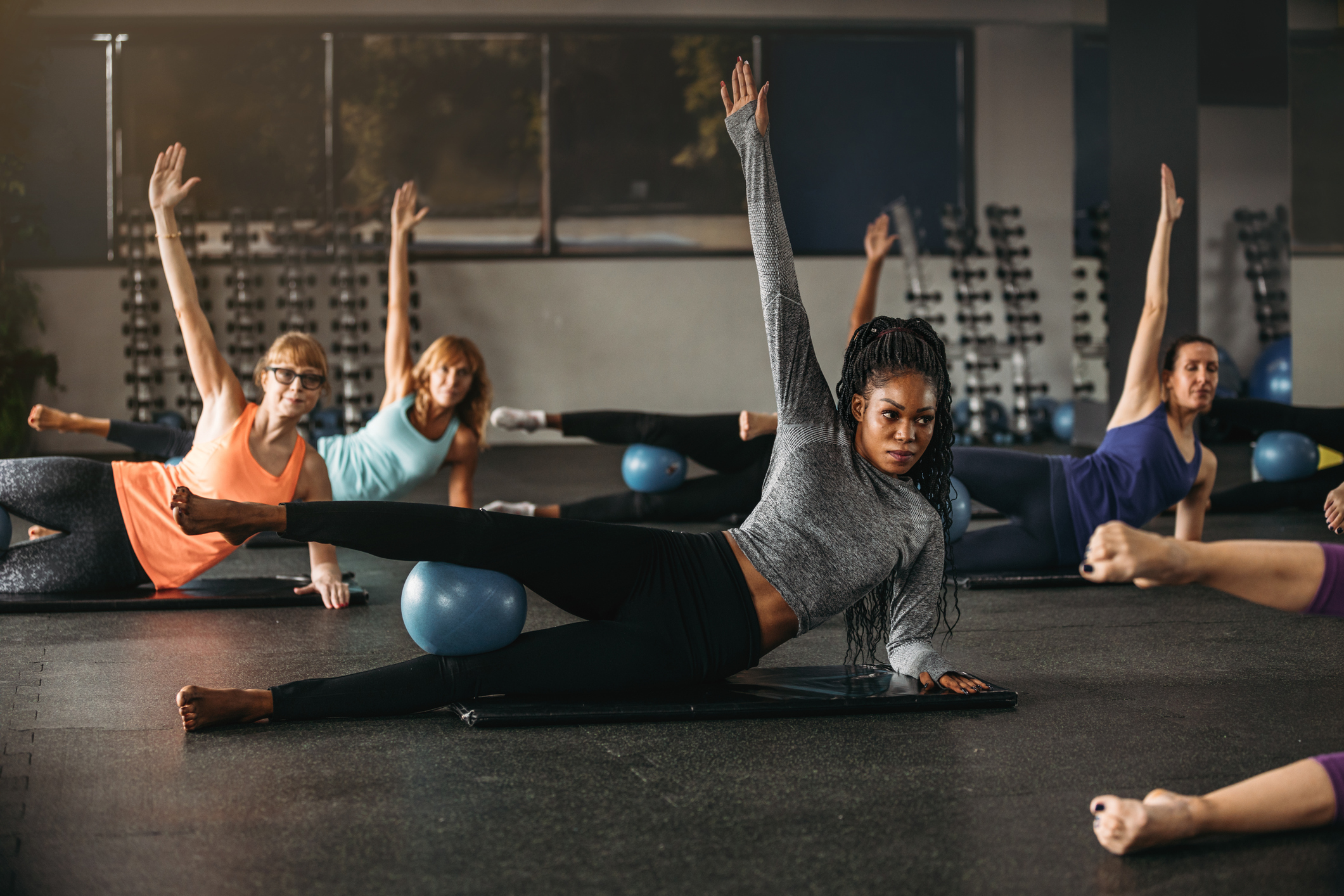Bridging the gap between class, rehearsals and performance
Body
Dancers today are facing demands that stretch both artistic and physical boundaries. For challenging pieces of choreography and challenging performance schedules, it may be necessary to look outside the traditional technique class to meet these demands. How often have you arrived to production week feeling tired, sore, and that you’re not fully enjoying the performance aspect of being on stage? These feelings can be extremely frustrating; for most dancers, the goal of rigorous training is to find freedom in movement and artistic expression. Ideally, every opportunity to perform on stage should be the culmination of technique and physicality that enables artistic expression.
Dancers are unique in needing energy for artistic interpretation while demonstrating feats of muscular strength, power, neuromuscular coordination, and cardiovascular fitness. While daily technique class lays the foundation for a wide vocabulary of movement, it does not provide the necessary intensity for performance. Studies have shown that class and rehearsals require much lower levels of physiological intensity than dancers reach during performance, as well as that a high number of injuries occur when a dancer is fatigued, often due to a loss of alignment or neuromuscular control at proximal stabilizing muscles.
Supplemental training can help lessen the gap between class, rehearsals, and performances and also prevent injuries. Research has shown that six weeks of strength and power training can significantly improve strength, power, and jumping ability in high-level university dancers. In addition to regular dance schedules, dancers participated in 45 minutes of plyometric strength training, twice-weekly weight training, or one additional 90-minute dance technique class. By the end of six weeks, both the plyometric and weight training groups demonstrated objective improvements on vertical jump height, power, and muscular endurance. However, the group that supplemented their training with one additional class per week did not make any significant gains.
Most interesting is the link between dance artistry with physical fitness. Another recent study used video analysis to record two dance solos (pre- and post-intervention) of randomized dancers placed in either a six-week strength training intervention or a control group. The strength-training group showed significantly higher subjective artistic ratings on their post-intervention solo than the control group. It’s possible to attribute these results to increased ballon (jump height), extensions in développé, and general fluidity of movement.
The benefits of including additional training in your schedule leading up to performance season could make the difference between trying to "just get through the performance” or having enough energy to facilitate your growth as an artist on stage. Stage time is precious during your career as a dancer, so make the most of it!
Practical Suggestions:
- Supplemental training should occur at intensities higher than technique class. Using a scale of perceived exertion from 1 to 10, identify your number during the most strenuous part of class. Supplemental training should occur at one number higher. For example, if you are working at a 7 during grande allegro, make it your goal to work at least at 8 during training.
- Incorporate plyometric-like exercises at the end of class by focusing on jumping in sequence with the emphasis on "explosiveness." Start with a series of double-leg soutees followed by single-leg soutees with focus on alignment and form. Incorporate speed work only after you’re warmed up and able to maintain good landing alignment at hips, knees, and ankles.
- Supplemental conditioning should take place well before the lead-up to performances. A six-week period will allow for improvements in strength, cardiovascular fitness, and neuromuscular control. Ideally, two weeks should separate the end of a conditioning program and the beginning of a performance period.
Meet the Author
At Shirley Ryan AbilityLab, Kathleen Darley specializes in treating musculoskeletal disorders and pelvic and women’s health. She studied at the Houston Ballet and danced professionally for numerous companies including The Joffrey Ballet, the Lyric Opera of Chicago, Ballet Memphis, and Chicago Festival Ballet. Darley’s passion for dance—and the science behind the art—inspired her to earn a bachelor's degree in kinesiology from the University of Illinois at Chicago and a doctorate in physical therapy from Northwestern University Feinberg School of Medicine. She also has certifications in yoga and Pilates.
This blog was originally posted on https://chicagodancersunited.org/

